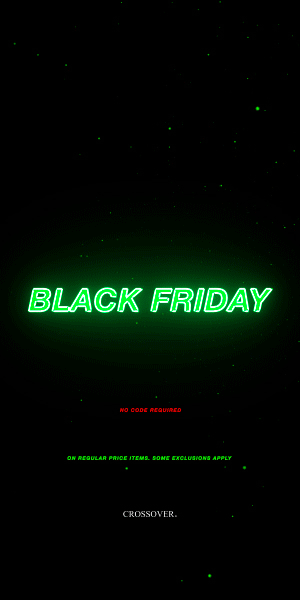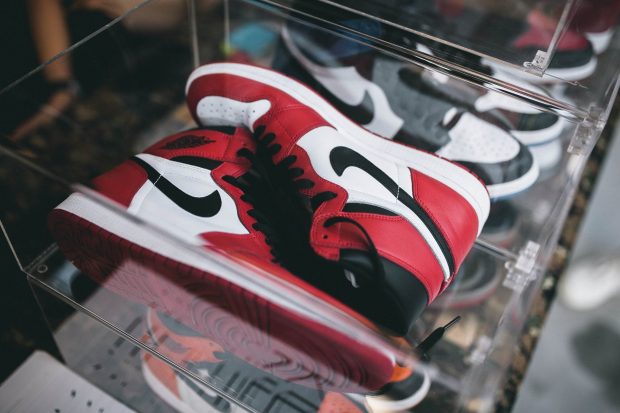
Jordan Brand stands by and large the most globally dominant name within the basketball-oriented footwear space, buoyed by a collective enduring love for Air Jordans. Pairs imbued with the Micheal Jordan spirit (read: symbolism) have garnered a sales share for the brand that leapfrog it way past its competitors, at 72.4% of online sales from January last year to March this year.
Despite this simplistic global perspective, you only need to take a look at outlets selling Jordan Brand’s latest drops to find that most of them, like the AJ8 Aqua, AJ8 Chrome and AJ3 Cyber Monday are getting a tad too comfortable on the shelves.
Locally, Jordan Brand doesn’t really seem to be flying off the shelves anymore. Even at SneakerLah this year, the number of people rocking out Yeezy, NMD or Ultra Boost pairs far outstrip the number of Jordan Brand pairs looking pretty on someone’s feet.
Of course, none of this is grounded in hard fact; we’re only operating based on observation. We’re going to put aside the statistics, such as resell margin and sales volume as we examine the possibility that the brand is actually losing ground in Malaysia.
If it is, what is causing the perceived decline? Well, at least we can say it has nothing to do with weird colourways anymore. They’ve stopped dropping cringe-worthy colour schemes, such as this one:

Also, their recent releases, such as the OG Air Jordan1, Air Jordan 12 Wool and Air Jordan 3 Cyber Monday are fantastic in their quality and design and is definitely how the label should preserve their legacy.
Regardless, here are four reasons why despite all this, Jordan Brand might be losing the hype locally:
- The Bubble Effect
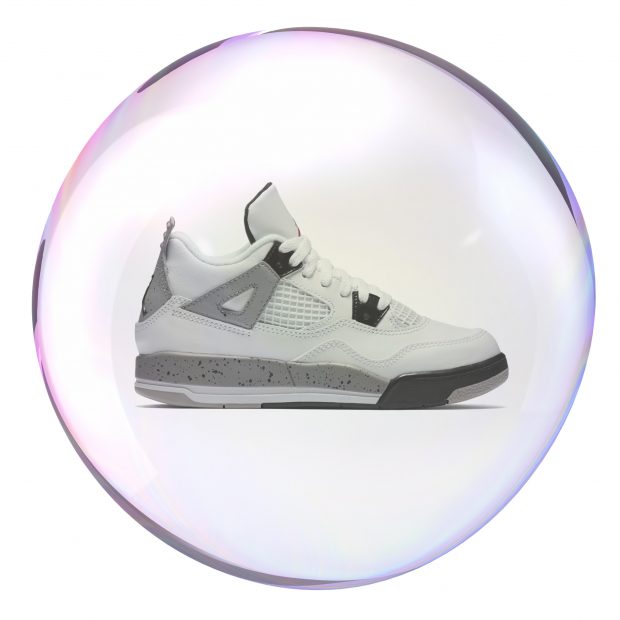
“A surge in the market caused by speculation regarding a commodity which results in an explosion of activity in that market segment causing vastly over inflated prices. The prices are not sustainable and the bubble is usually followed by a crash in prices in the affected sector.” – Business Dictionary.
Okay, can someone speak English please?
Simply put, huge demand equals skyrocketing prices. The overwhelming price point that we have to contend with is not doing the brand any favours either. Gradually, the over inflated price tag will start being perceived as disproportionate to the value of the product, and that’s when demand starts to plummet.
What happens then is that the market bubble will ‘pop’, meaning a crash in prices.
- They aren’t captivating enough ‘hypebeasts’
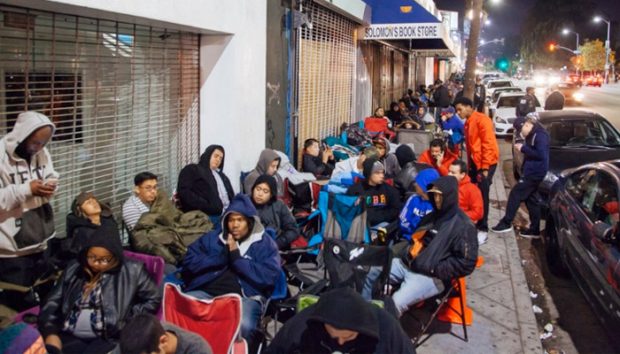
adidas is currently doing what Nike did over a decade ago; successfully fanning the hype. Each release would then generate the kind of craze that would erase an outlet’s stock of the coveted pair in an eye blink. Right now, the hypebeasts here seem to be all about Nike’s biggest competitor, with the by-product being Jordan Brand relying on its true die-hard fans (and the mass market) to take their pairs off the shelves.
Hypebeasts, however, are a very significant component that impacts the perceived value and trend of any pair, which is why we think the brand needs to refocus on jumping on the hype train. A large determining factor is to make each release feel rare, premium and awesome enough to draw envy within the sneakerhead community.
The brand seems to have gone in a completely different route though, which leads us to the next point…
- Releases are far too rapid-fire
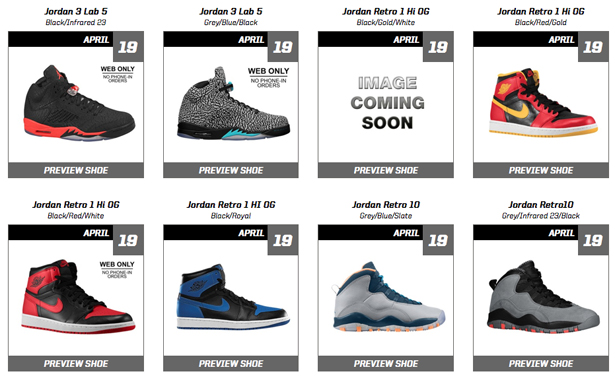
The irony of being spoilt for choice is that the pairs are now spoilt by choice. Sheer quantity is eroding the hype. New Jordan Brand pairs are hitting the shelves like its a free giveaway, with a new colourway or revamped retro silhouette being released every weekend. Yes, many of them do well, but excessive use of the same marketing gimmick quickly loses its novelty. Retro releases, for instance, become a yawn fest if done too often or too soon.
Consider the massive release of the retro 11s 72-10 last year. It’s only been a years later and they are ready to release a similar colorway which is Space Jam.
Not to mention that most releases come in relatively large quantities, which throws that premium or exclusive vibe right out the window.
- Inconsistent quality
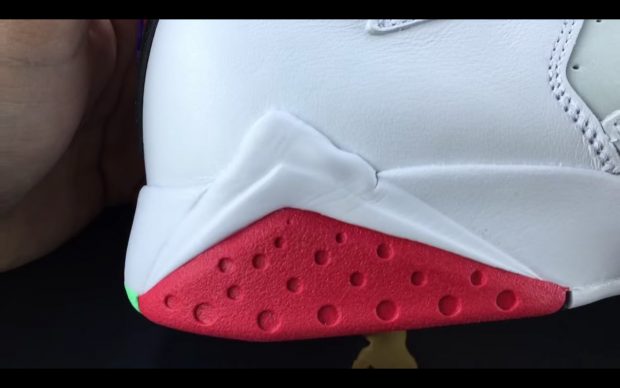
To be honest, we were highly anticipating Jordan Brand’s remastered collection of their awesome 90s silhouettes, as the originals were of significantly better quality than the sneakers the footwear icon now produces. With a little proper maintenance, a 1985 OG’s buttery leather still feels great and wears well despite being relatively ancient.
However…
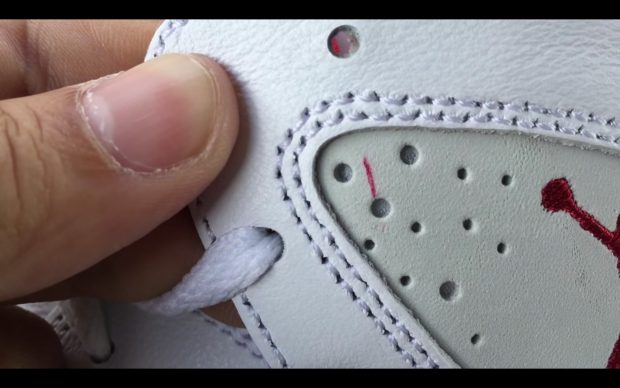

The brand seems to emphasis more on quantity than quality. The trade-off is that plenty of consumers, including avid sneakerheads, will be turned away by the quality issues, such as over gluing and improper stitching.
Did you agree with us? Is it just our imagination or is the brand slowly losing its hype? Let us know in the comments section below!









